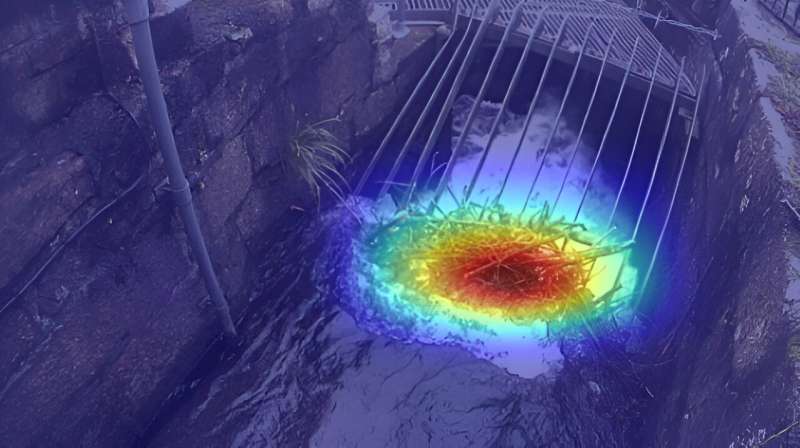Researchers at the University of Bath have developed an innovative AI system that can detect blockages in urban waterways, potentially revolutionizing flood prevention efforts. The technology, dubbed “AI on The River,” utilizes machine learning to analyze CCTV footage and provide early warnings of potential flooding. This article explores how this cutting-edge solution can help communities better prepare for the growing challenges of climate change. Floods and climate change are pressing global issues that require innovative approaches.

Proactive Flood Prevention with AI-Enabled CCTV
In a groundbreaking study published in the Journal of Flood Risk Management, researchers at the University of Bath have unveiled a game-changing solution to address the growing threat of urban flooding. Their AI-powered system, “AI on The River,” is capable of analyzing CCTV footage to detect blockages in culverts – the hidden yet crucial infrastructure that allows streams and rivers to flow under roads, railway embankments, and housing developments.
Traditionally, culvert monitoring has relied on manual CCTV surveillance, with local authority staff watching a bank of screens. The new AI-driven approach revolutionizes this process, using machine learning to automatically spot potential obstructions with up to 90% accuracy. This proactive system can raise an early warning before a flood event occurs, enabling authorities to respond quickly and efficiently, focusing resources where they are needed most. By integrating this technology into existing CCTV infrastructure, communities can enhance their flood resilience and mitigate the devastating impact of flooding, which is only expected to worsen due to climate change.
Empowering Flood-Prone Communities with Cost-Efficient Solutions
The potential impact of the “AI on The River” system extends far beyond the UK, where the researchers conducted their initial study. Dr. Thomas Kjeldsen, a Reader in Bath’s Department of Architecture & Civil Engineering, emphasizes the global relevance of this technology, stating, “Climate change means the risk of flooding is growing all around the world. This work opens the potential for the development of new, lightweight and cost-efficient flood management systems in urbanized areas, enabling authorities around the globe to adapt to the changing climate.”
Indeed, the researchers have already received interest from flood prevention organizations in countries like South Africa, where monitoring equipment is available but data for training AI models is scarce. By offering a scalable and flexible solution, the University of Bath team is paving the way for communities worldwide to proactively address the increasing threat of flooding. This accessible and cost-efficient approach can empower local authorities to bolster their flood resilience, ultimately safeguarding lives and infrastructure in the face of a changing climate.
Unlocking the Potential of Culverts for Flood Management
Culverts, often overlooked and underappreciated, are the unsung heroes of urban waterway infrastructure. These hidden conduits, numbering more than 1 million in the UK alone, play a crucial role in allowing streams and rivers to flow under roads, railways, and developments. However, when these culverts become blocked, the consequences can be severe, leading to rapid flooding and risks to the structural integrity of the waterway and the local environment.
The “AI on The River” system shines a spotlight on the importance of culverts in flood management. By training AI models to detect blockages in these crucial structures, the researchers have unveiled a powerful tool that can provide early warnings and enable proactive intervention. This forward-thinking approach not only enhances flood prevention but also offers significant safety benefits to emergency response teams, who can attend to potential issues before they escalate into dangerous flooded conditions. As the impact of climate change continues to intensify, solutions like this will become increasingly vital in safeguarding communities and building resilience against the growing threat of flooding.
